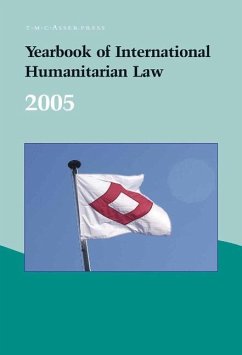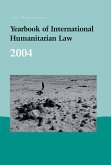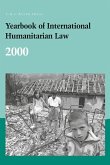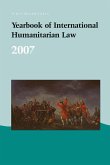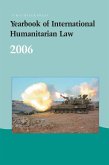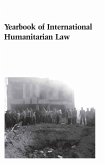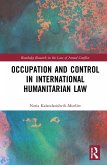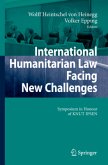3 The 1977 Protocol I Additional to the Geneva Conventions of 12 August 1949 instituted the following obligation for States Parties: 'Article 36. New weapons In the study, development, acquisition or adoption of a new weapon, means or method of warfare, a High Contracting Party is under an obligation to determine whether its employment would, in some or all circumstances, be prohibited by this Protocol or by 4 any other rule of international law applicable to the High Contracting Party. ' The obligation to ensure the legality of weapons of war was not new. Article 1 of Hague Convention II with Respect to the Laws and Customs of War on Land of 29 July 1899 obligated States Parties to issue instructions to their armed land forces, which were to conform to the rules contained in the Annex to that Convention. This included Article 23(e), which prohibited employment of 'arms, projectiles or material of a nature to cause superfluous injury'. With non-substantive alteration, Article 1 of the Convention and Article 23(e) of the Annex were re-adopted in Hague Convention IV Respecting the Laws and Customs of War on Land of 18 5 October 1907. Under the international law maxim pacta sunt servanda states have a general duty to engage in good faith performance of their treaty obligations. This would have included a duty to ensure military weapons and munitions complied 6 with Hague Convention IV and obligations contained in other treaties.
The world's only annual publication devoted to the study of the laws of armed conflict, the Yearbook of International Humanitarian Law provides a truly international forum for high-quality, peer-reviewed academic articles focusing on this highly topical branch of international law. The Yearbook also includes a selection of documents from the reporting period, many of which are not accessible elsewhere, and a comprehensive bibliography of all recent publications in humanitarian law and other relevant fields. Ease of use of the Yearbook is guaranteed by the inclusion of a detailed index.
Distinguished by its topicality and contemporary relevance, the Yearbook of International Humanitarian Law bridges the gap between theory and practice and serves as a useful reference tool for scholars, practitioners, military personnel, civil servants, diplomats, human rights workers and students.
Hinweis: Dieser Artikel kann nur an eine deutsche Lieferadresse ausgeliefert werden.
The world's only annual publication devoted to the study of the laws of armed conflict, the Yearbook of International Humanitarian Law provides a truly international forum for high-quality, peer-reviewed academic articles focusing on this highly topical branch of international law. The Yearbook also includes a selection of documents from the reporting period, many of which are not accessible elsewhere, and a comprehensive bibliography of all recent publications in humanitarian law and other relevant fields. Ease of use of the Yearbook is guaranteed by the inclusion of a detailed index.
Distinguished by its topicality and contemporary relevance, the Yearbook of International Humanitarian Law bridges the gap between theory and practice and serves as a useful reference tool for scholars, practitioners, military personnel, civil servants, diplomats, human rights workers and students.
Hinweis: Dieser Artikel kann nur an eine deutsche Lieferadresse ausgeliefert werden.

